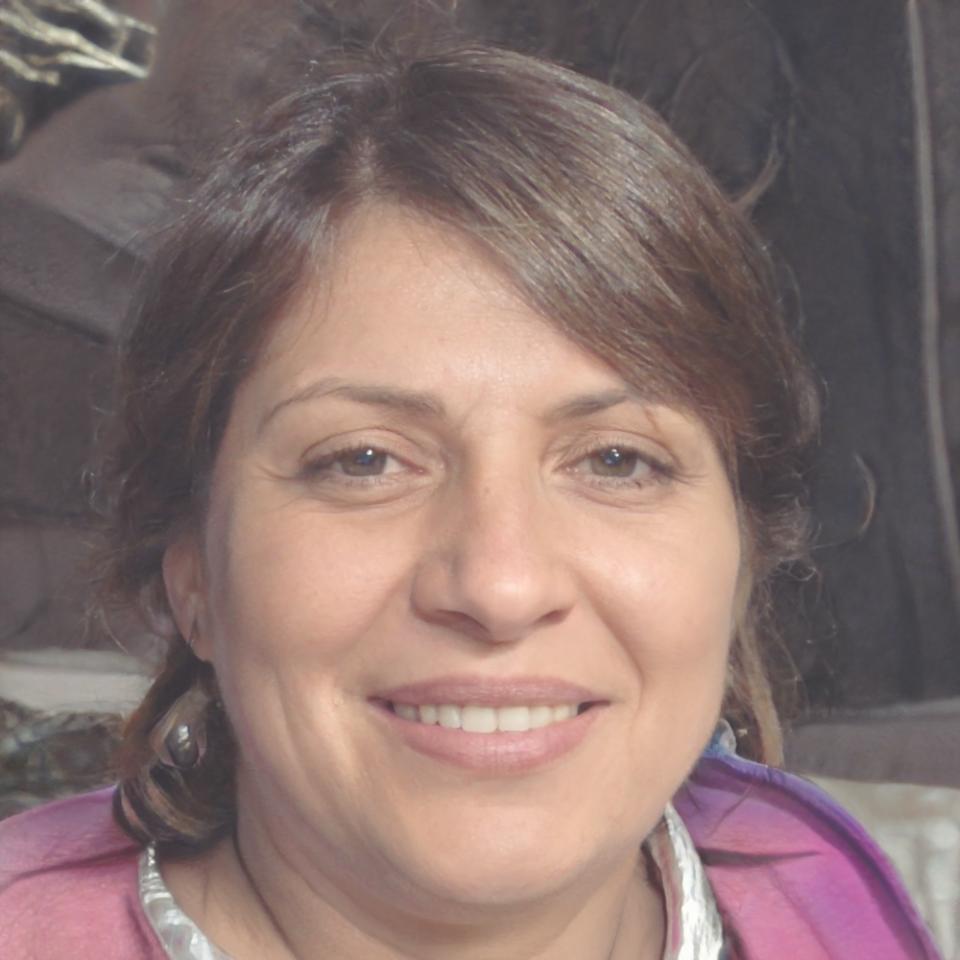Navigating Argentina's Economic Landscape Through Smart Budgeting
Working with Argentine businesses over the past decade has taught me that traditional budgeting approaches often fall short in our unique economic environment. The key insight most business owners miss is that inflation isn't just a number to factor in – it's a force that completely reshapes how you think about cash flow timing.
I've noticed that successful companies here don't just adjust their budgets for inflation; they build flexibility into their cost structures. For example, one manufacturing client we worked with in 2024 started negotiating supplier contracts with price adjustment clauses tied to specific economic indicators rather than fixed annual increases.
What really makes a difference is understanding the rhythm of the Argentine market. Many international budgeting frameworks assume steady, predictable patterns, but our market moves in waves. Smart budget planning here means identifying which costs can be variable and which absolutely must remain stable, then building your financial cushions accordingly.
The most successful transformations I've seen happen when business owners stop fighting against market volatility and instead learn to use it as a competitive advantage. Companies that can make quick budget adjustments while maintaining service quality often capture market share when their competitors are paralyzed by uncertainty.


